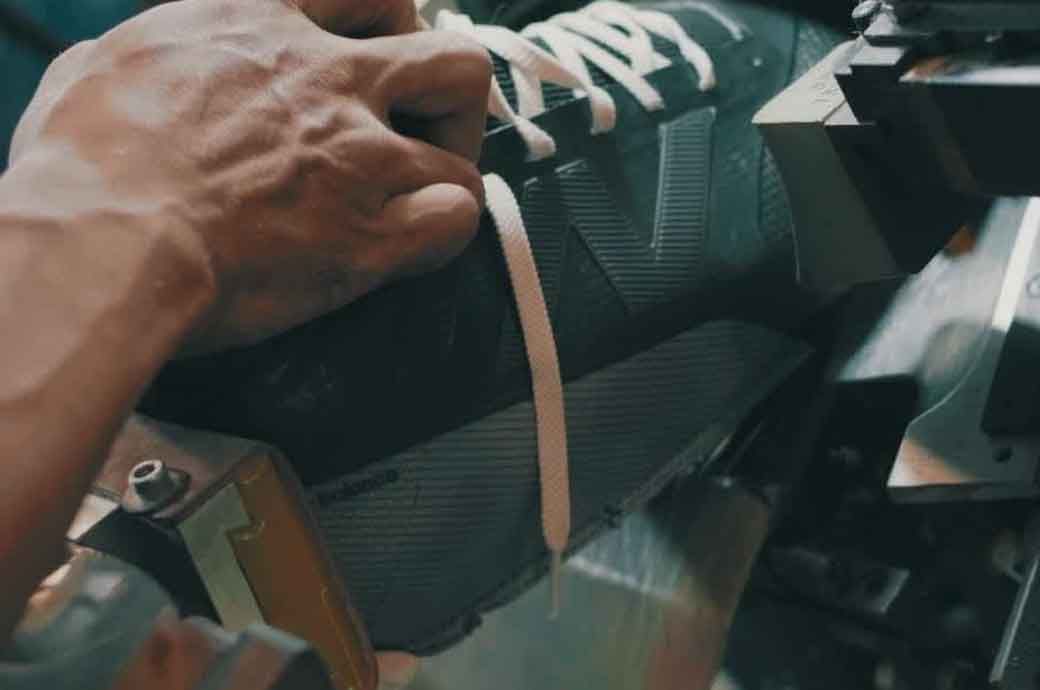
The Prodigy, engineered for skill position players, allows athletes to turn split-second reactions – a coverage mismatch or a busted route – into game-changing plays. The dual-injected plate is engineered with a focus on springing off the toe, making quick cuts, and accelerating, while the T-shaped stud tips allow for multi-directional traction and turning. The FuelCell insert sits under the athlete's foot, delivering cushioning and long-lasting performance. Created based on years of prototyping and player input, the Prodigy is speed made smart and will be worn by Marvin Harrison, Jr., the number four overall pick in the 2024 NFL draft, marking the brand's official entry into the league. The cleat will be available in both standard and wide width sizes.
The Fortress features a more versatile design, built for the game's most intense battles. Made for the player who drives through, the Fortress is strength made smart, using a multi-layer upper construction to provide midfoot containment and support for lateral stability on hard cuts, while the dual-injection nylon and TPU plate provides midfoot stability with triangular-shaped lugs built for digging in. Using the same FuelCell insert as the Prodigy for comfort and more energy return, the Fortress is built for athletes who want to get off the line faster, fire off the edge into the backfield, or power through to pick up a blitz. The cleat is meant to fit a broader range of athletes and is available in standard, wide and extra-wide widths. Chase Young and Will Anderson Jr. will be the faces of the Fortress.
"We came into this process with fresh eyes. Before we start building any products, we make sure we understand the athletes' needs and desires to help them perform at their highest level. All athletes want to be fast and comfortable, and we spent three years prototyping, tweaking, testing and learning to deliver a uniquely New Balance experience for athletes that blends both performance and comfort." says Matt Nuzzo, Senior Product Manager for Field of Play at New Balance.
Building upon New Balance's existing cleat-making expertise, the brand relentlessly focused on infusing player insights into prototype testing to perfect the ideal mix of fit, support and stiffness for on-field performance. The cleats underwent several rounds of mechanical and human performance testing at the New Balance Sports Research Lab with motion capture technology focusing on lower-limb biomechanics. This influenced design and engineering decisions and were tested on athletes of all levels – high school, college, and professional – emphasizing achieving the most comfortable fit experience for the football athlete.
"There has been an evolution to the athlete as the game has progressed. Players need to move faster on both sides of the ball. Through these progressions, we wanted to make sure we're building the footwear that evolves along with them," says Dave Millman, General Manager of Field of Play at New Balance. "Historically, players have assumed that a high-performing product may not be the most comfortable. With our entry into football, we're here to show that this is not the case and that a high-performing product can fit and feel great. After all, the more comfortable the athlete is, the more they can focus on turning their preparation and Football IQ into game-changing disruptive speed."
Fibre2Fashion News Desk (RM)